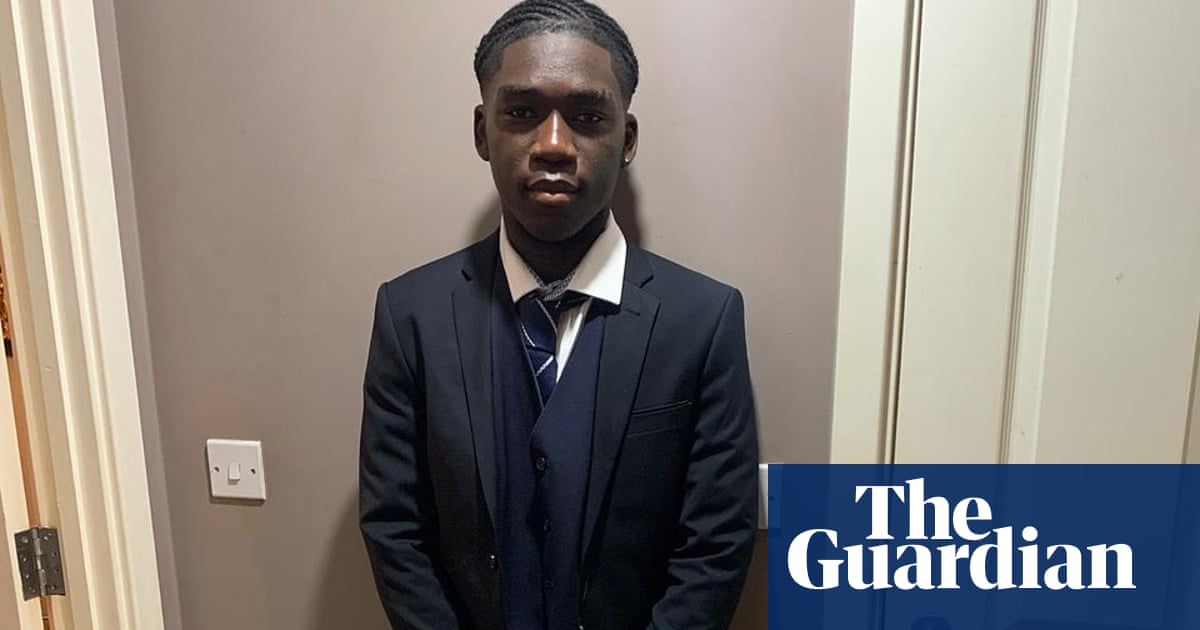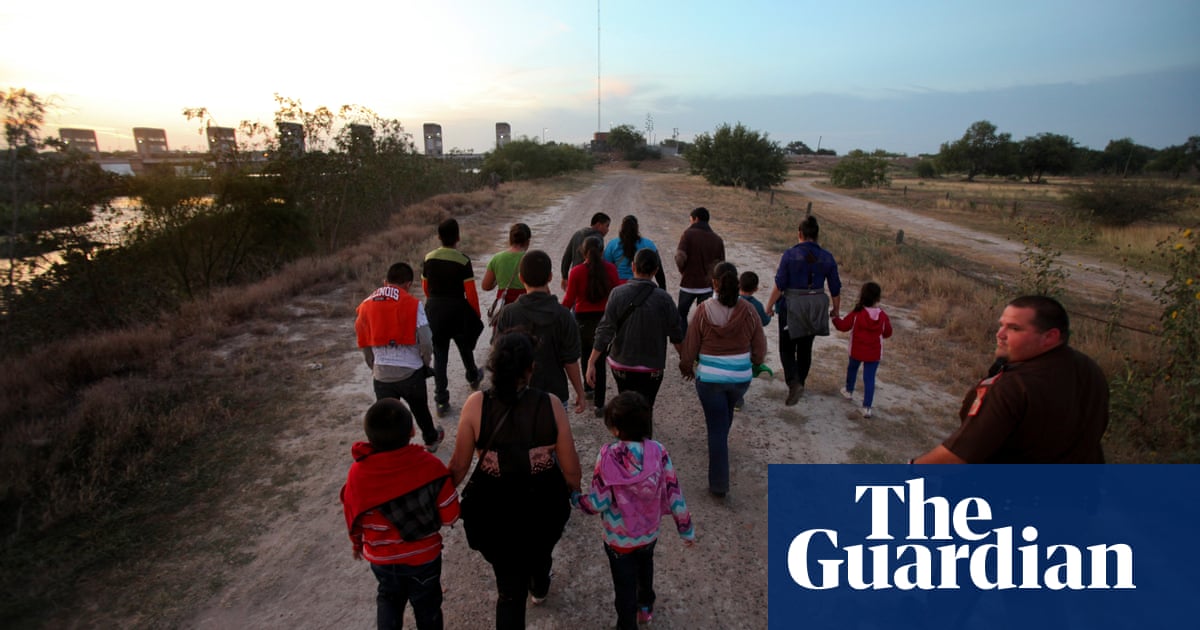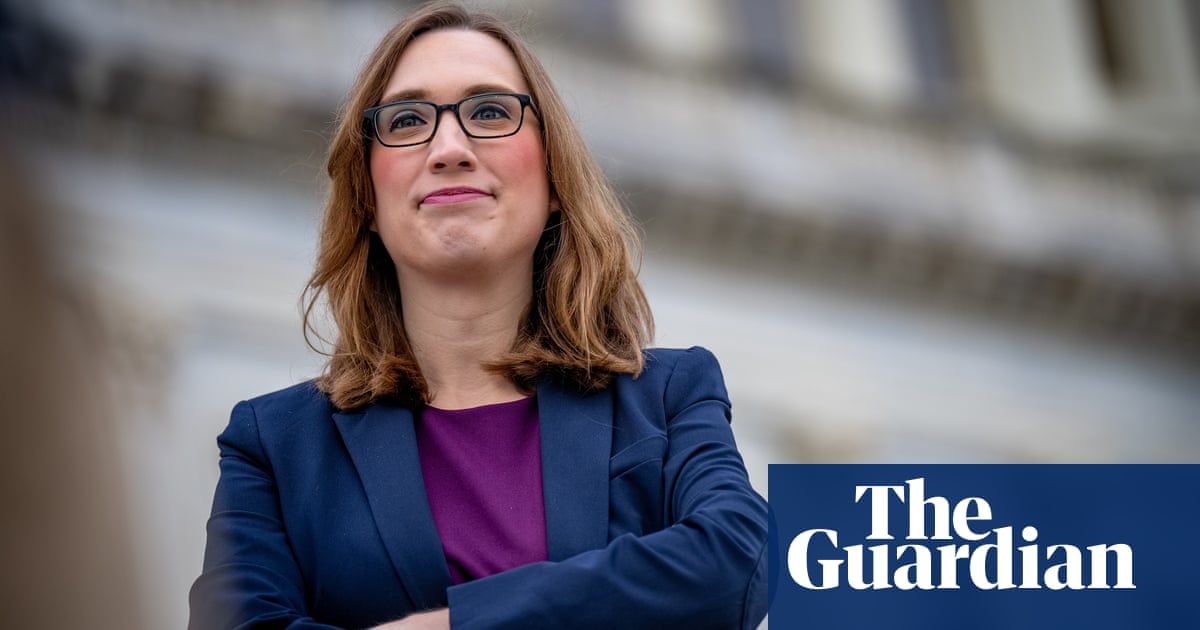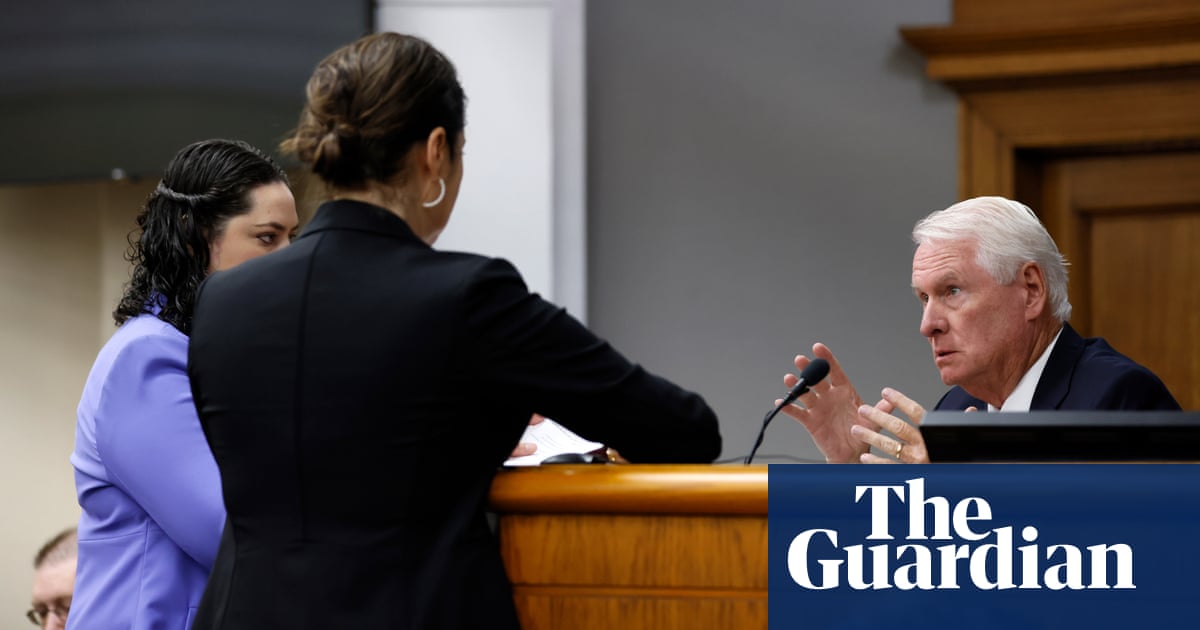Last summer, the western Arctic was uncomfortably hot. Smoke from Canadaâs wildfires hung thick in the air, and swarms of mosquitoes searched for exposed skin. It was a maddening combination that left researchers on Qikiqtaruk, an island off the north coast of the Yukon, desperate for relief.
And so on a late July afternoon, a team of Canadian scientists dived into the Beaufort Sea, bobbing and splashing in a sheltered bay for nearly two hours. Later, as they lay sprawled on a beach, huge chunks of the island they were studying slid into the ocean.
âThe land was giving us hints of what was to come,â says Richard Gordon, a senior ranger âDays before, we found all these puddles of clear water. But it hadnât rained at all in days; you look up and see nothing but blue sky.
âNow we know: all of that ice in the permafrost had melted. The signs were there. We just didnât know.â
Over the next two weeks, the landslides happened again and again. Throughout the small island, the tundra sheared off in more than 700 different locations. Some collapses were quick, soil ripping from the land with a damp thunderclap. Others were slow, with land ârippling and rolling like a carpetâ down the slope, says Isla Myers-Smith, an ecology professor at the University of British Columbia.
In one case, the team was devastated to learn that one of their monitoring sites, where the data they collected had given a three decade-long glimpse into the islandâs shifting ecology, had vanished into the ocean.
âEach time you lose a dataset, you lose understanding of how the island is changing,â says Myers-Smith. âItâs hard not to get emotionally invested in the work you do and in this place because you know youâre studying and witnessing irreversible changes.â
For more than a decade, Myers-Smith and her âTeam Shrubâ graduate students have studied those dramatic changes unfolding on Qikiqtaruk (also known as Herschel Island).
Armed with a fleet of drones and working closely with Indigenous Inuvialuit rangers, the team has revealed a rapid reshaping of the tundra with little precedent. As they race to understand what those changes might mean, a combination of rising seas, landslides and flooding mean the landscape is literally collapsing around them, making it harder to study an island that reflects the tumultuous future of the western Arctic.
Lying just off the Canadian mainland, Qikiqtaruk is a mass of sediment and permafrost piled up during the last ice age. Despite its small size, the island is packed with immense ecological richness, with waters teeming with beluga whales and trout-like Dolly Varden char. On land, it is one of the few places on Earth where black, grizzly and polar bears cross paths. Musk ox and caribou browse the lichen. The land is thickly carpeted with more than 200 species of wildflowers, grasses and shrubs.
For the Inuvialuit, the island continues to be a hunting and fishing ground that for nearly a thousand years sustained communities through dark and bitter winters.
When they negotiated a land claim agreement with the Canadian government in 1984, Inuvialuit elders used their new powers to protect Qikiqtaruk by establishing the Herschel IslandâQikiqtaruk territorial park, fearful that industry and outsiders would destroy a place that held deep cultural value.
When he was a child, Gordonâs family would make the multi-day trek to Qikiqtaruk in a small boat, crossing hundreds of kilometres of brackish delta. He spent summers on the island, running through the remains of weather-beaten buildings, built during the regionâs whaling era at the turn of the last century.
Returning with a cohort of elders before the agreement, he saw âhow meaningful the land was, how intertwined it was with our oral histories, our culture; I understood the power it hadâ, Gordon says. âI understood why they wanted so much for it to be protected.â
While the elders envisioned a space protected from destructive outside forces, in two decades as park ranger at Herschel IslandâQikiqtaruk territorial park, Gordon has watched as the island has morphed into something unrecognisable.
In early August the first faint blush of autumn is visible in the shrubs of the tundra. Taking advantage of a brief window of favourable weather, Myers-Smith and a group of researchers pile into a helicopter, to be dropped off throughout Qikiqtaruk to monitor its changes, deploying trail cameras, scouring wetlands and piloting drones. The work is tiring and often pushes late into the night. They sometimes eat dinner close to midnight, enjoying the pink hues of a sky where the sun does not fully set.
The teamâs research has shown an island ecosystem in rapid flux: the tundra is âgreeningâ at an incredible rate as shrubs such as willow push north and grow taller. In doing so, they push out the cottongrass, mosses and lichens that take hundreds â sometimes thousands â of years to grow.
Buoyed up by higher temperatures and lengthened growing seasons, the number and diversity of plants will keep growing, Myers-Smith says. This is seemingly a bright spot amid a global biodiversity crisis: more plants and animals are making the tundra their home.
And yet a lush, greening Arctic will come at a cost: upending the lives of animals that rely on seasonal rhythm and predictability. Herds of caribou are among the most likely casualties, as bare spots on the tundra, favoured by the lichen that they like to eat, are overtaken by shrubs. The American golden plover, a shorebird that flies yearly from the Arctic to the southern reaches of South America, will find its habitat disappearing as plants grow thicker, crowding out the bald patches of land it prefers.
âItâs one thing to think about what the changes mean to us, but I canât imagine the fear and stress the animals feel as everything changes so fast,â says Gordon. âWeâre supposed to be the guardians of the land. But weâve let them down.â
Qikiqtaruk is now pockmarked with half-moon shaped craters. Known as thaw slumps, they occur when the underlying permafrost has melted to the point that it can no longer support the soil and the ground collapses.
Permafrost thaws across the globe are destroying housing and infrastructure, and disrupting ecosystems. These slumps are also harbingers of a cascading environmental catastrophe: there is twice as much carbon locked up in permafrost as in the atmosphere.
One of the worldâs largest thaw slumps is Slump D, on Qikiqtaruk. Inside it, bumblebees bounce between mastodon flowers (also known as marsh fleawort). The whine of mosquitoes reaches the same pitch as the research drones overhead. Melt water gurgles through silty channels, creating a viscous mud that has claimed many rubber boots from Team Shrub. Every few hours, a lump of earth tears away from the overhanging cliff and falls to the ground below.
Increasingly, chunks of land hundreds of metres wide will rip away â a phenomenon known as active layer detachment. Unlike other types of permafrost, with high levels of rock or soil, Qikiqtarukâs permafrost is disproportionately made of ice, making it uniquely susceptible to immense and powerful geological forces when that ice melts.
âIt feels like weâre at the frontier of change on this island, where the fabric of the landscape itself is tearing apart,â says Ciara Norton, a Team Shrub research assistant. âThese massive permafrost disturbance events are going to continue to happen â and yet we donât really know what that means.â
One thing is clear: the constant landslides are the latest in a string of challenges that have made studying the island increasingly difficult. Bush planes cannot land on Qikiqtaruk when puddles of seawater are present â and they have become a near-constant presence on the low-lying gravel airstrip. Fog smothers the cove and grounds helicopters for days. Unpredictable storms keep boats away. In mid-August this year, Team Shrub was trapped on the island for an extra 12 days.
-
The research team monitors changes on the island, from wetlands to insect life and flowering cycles, to understand what is happening. Their finds included the northernmost dragonfly ever observed in the Yukon territory, in October. Photographs: Leyland Cecco and Isla Myers-Smith
Nortonâs education in the sciences has been overcast by a looming sense of climate anxiety. âRaw discovery alone isnât enough â the research needs to happen in the context of people affected by all of this,â she says.
âWeâre tracking all of the changes in the land to understand why this is happening. And it matters. But the other part of me really feels for the island, a place that people are supposed to visit and experience.â
The vast troves of data collected by scientists are a key part of understanding whatâs happening, says Gordon. âBut weâre losing traditional knowledge by not spending as much time on the land. Itâs hard and expensive to get out here, so fewer people visit the island. And so all of this work, who is it all for?
âIt was protected so that people could come here and experience it. But often those same people are making things worse. Every time someone takes a step on this land, they experience something powerful â and yet make a landslide more likely to happen.â









